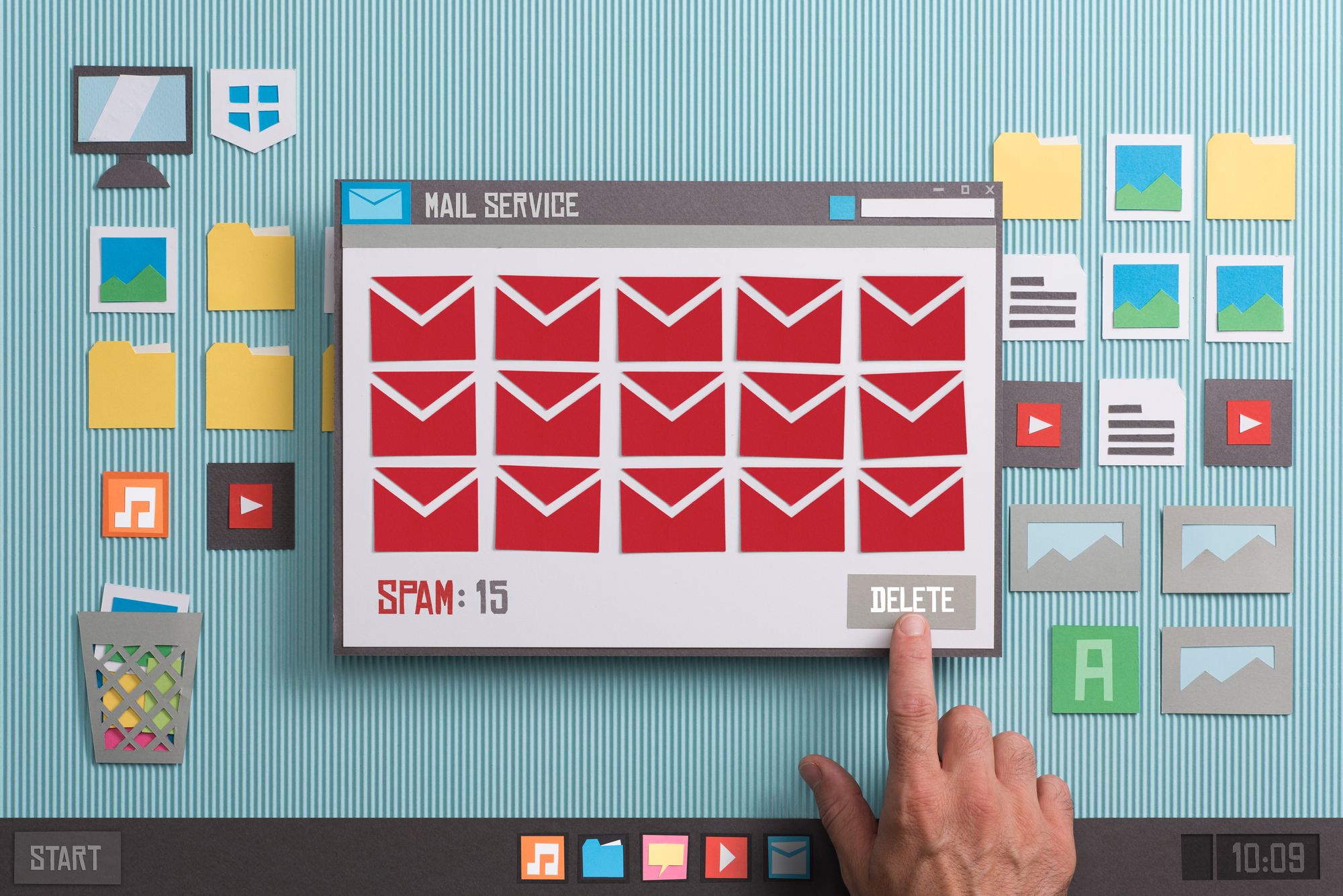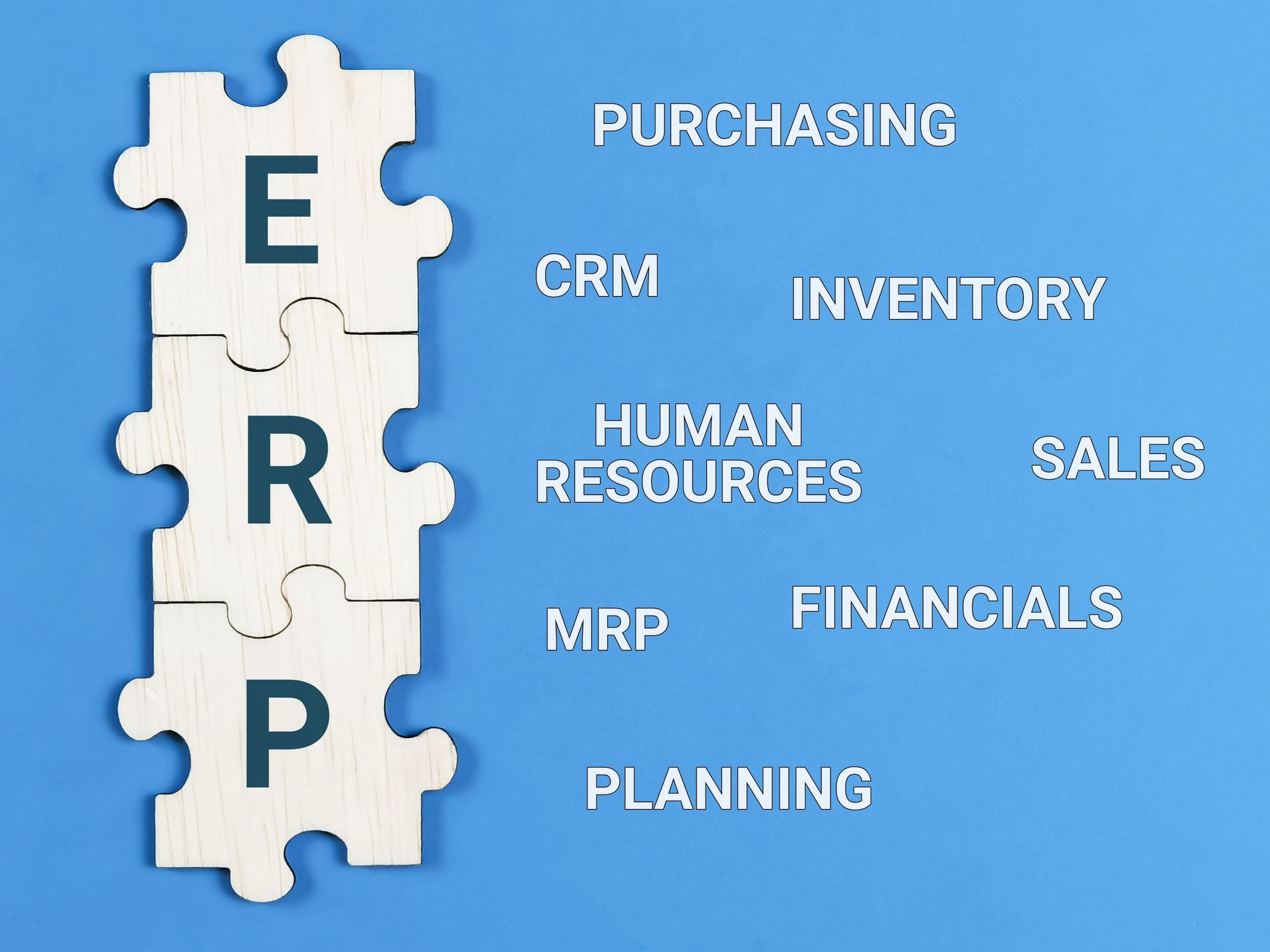SaaS: accelerating digital transformation.

Undoubtedly, SaaS offers enormous guarantees to face the numerous opportunities in a future defined by innovation and speed.
Every day the range of options and opportunities in terms of software development and its different proposals opens up, bringing us closer to new concepts that bet on speed and effectiveness both for the development of different platforms and for their management.
Today we want to tell you in depth about SaaS or Software as a Service for its acronym in English, on which we develop through our agile TURBO methodology, which we have already talked about in previous articles.
The ideal solution for individuals and companies...
In practical terms, Software as a Service offers users the ability to connect to applications hosted in the cloud over the Internet. Also being able to operate with them without the need for the support of client systems. By opting for this model, the employees of an organization can remotely access the entire infrastructure of the organization simply through the Internet.
For this, it is necessary to rely on a cloud service provider that provides a comprehensive software solution that is given control to host the entire infrastructure of the company in its data center. By contracting this service. we will forget about managing hardware and software. It will be the provider who guarantees the availability, security and proper functioning of the different applications and data of our company.
SaaS means going far beyond the simple "Cloud". Cloud solutions have been a deeply rooted concept in the business world for years. Even so, there are various models that can offer different advantages to our business and that it is necessary to know. For this reason, the choice of the specific cloud deployment architecture and the service model we choose will define whether a company's commitment is truly transformative or simply a medium-term solution without much strategic support.
SaaS can be the ideal solution for companies, large or small, or individuals with the following characteristics:
- They don't want to be in charge of purchasing or maintaining the infrastructure, platforms, or local software system.
- They prefer easier cost management with operating expenses (OPEX), rather than investments in capital expenses (CAPEX).
- They address challenges that can be solved with minimal customization.
- They prefer software subscription models.
But how does Software as a Service work?
SaaS applications take advantage of multi-tenant architecture to isolate customer data. The SaaS provider handles software updates, bug fixes, and other general maintenance tasks for the applications, while users interact with the software system through a web browser.
While these solutions are often fully functional, they are sometimes custom integrated using application programming interfaces (APIs), such as REST or SOAP, to connect to other functions.
Due to the nature of SaaS, providers can more easily roll out new features for customers. Most SaaS applications are preconfigured plug and play products where the provider manages all the resources that support the application such as:
- Hardware elements such as networks, storage, and servers in the data center.
- Platforms, such as virtualization, operating system, and middleware.
- Software requirements, such as runtimes, data, and the application itself.
Which SaaS providers do we commonly use?
Software vendors offer SaaS applications to meet all the needs of individuals and businesses, ranging from basic applications to complex enterprise resource planning (ERP) packages. Some examples are the following:
- Software system for enterprise resource planning (ERP) from SAP.
- Human resources software.
- Business software.
- Customer relationship management (CRM) software system from Salesforce.
- Slack messaging service.
- Microsoft Office 365.
- Dropbox file storage service.
If you've used a web-based email service such as Outlook, Hotmail, or Yahoo! Mail, then you've already used a form of SaaS.

SaaS Advantages
- Access to the best applications. To offer SaaS applications to users, you do not need to purchase, install, upgrade, or maintain any hardware, middleware, or software. With SaaS, even sophisticated business applications such as ERP and CRM are within the reach of organizations that do not have the resources to purchase, deploy, and manage the necessary infrastructure and software.
- Payments for use. You also save money, because the SaaS service allows you to scale up or down resources based on the level of usage.
- Free client software. Users can run most SaaS applications directly from a web browser without downloading and installing any software, although some applications require plugins. This means you don't have to buy or install special software for your users.
- Mobilize resources without added costs. With SaaS, it is very easy to “mobilize” your resources, because users can access SaaS applications and data from any computer or mobile device connected to the Internet. You don't have to worry about developing applications that run on different types of computers and devices, since that is already done by the service provider. In addition, there is no need to recruit qualified personnel to manage the security aspects of mobile computing.
- Access to your information from anywhere. With data stored in the cloud, users can access their information from any Internet-connected computer or mobile device. Also, when application data is stored in the cloud, it is not lost if a user's computer or device fails.
In the early 2000s, the first generation of SaaS solutions were siled, inflexible, and designed to solve a single business problem. Since then, SaaS has evolved dramatically. Today, a modern cloud suite can span and connect everything from finance, HR, procurement, and supply chain processes to commerce, marketing, sales, and service solutions. Remember, the best place to learn everything about technology and software development is here, on our blog. Every Wednesday we bring a new and interesting article for you.
If you liked this article, subscribe to our blog.
Remember that you can find us on Instagram, Facebook and Twitter as @esauriook
On LinkedIn as e•Saurio

